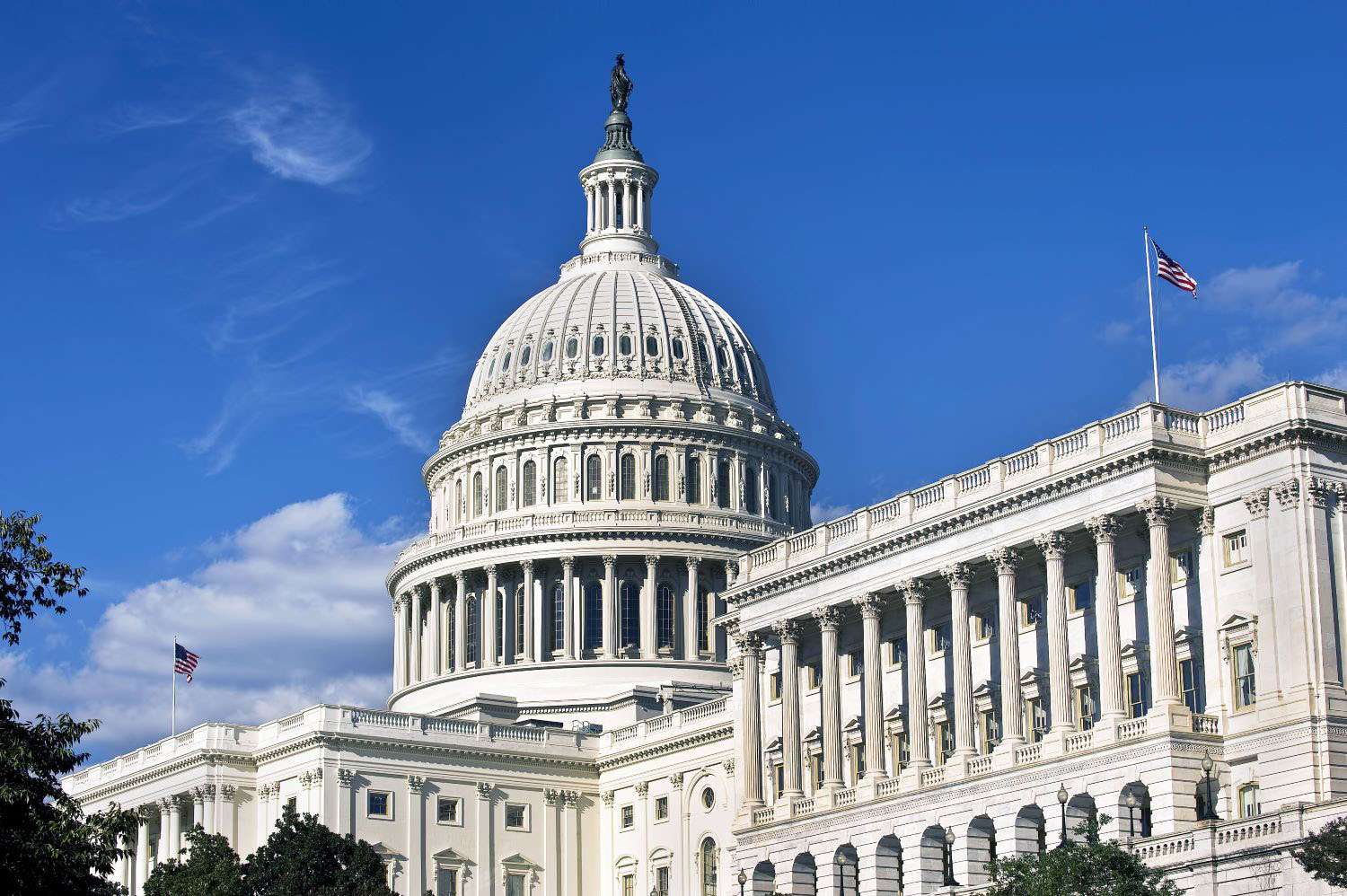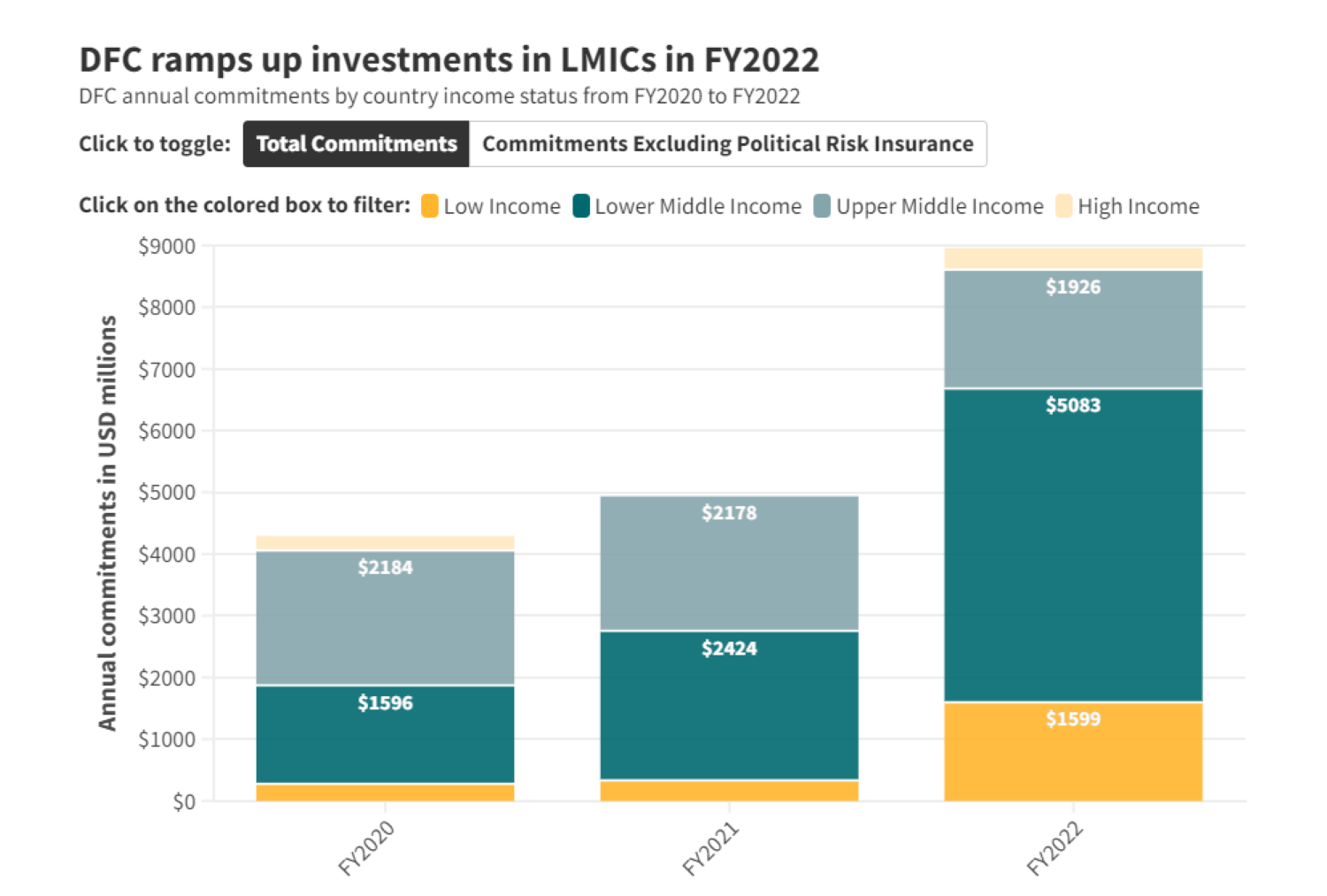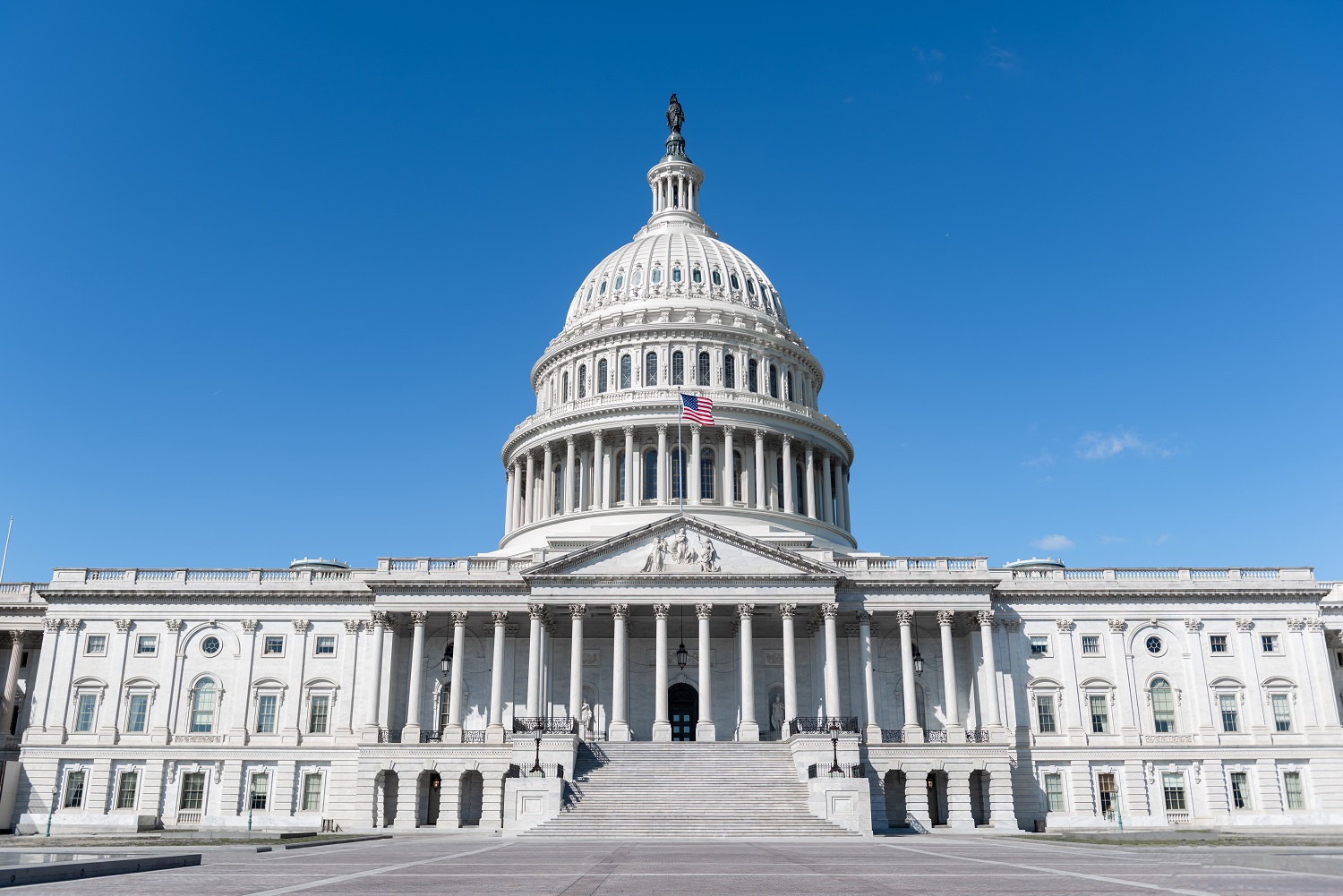The Senate Foreign Relations Subcommittee on International Development held a hearing on “Different Perspectives on International Development Assistance” on Wednesday with CGD’s own Todd Moss testifying about why US development assistance matters, but also it can be improved—from limiting the number of agencies involved, to linking the budget process to goals and results while promoting innovation, to improving US development finance capabilities.
As I mentioned here in a hearing preview, it was great to see that Chairman Kaine (D-VA) and Ranking Member Barrasso (R-WY) are taking an expansive view of development assistance—one that includes looking at US trade policy and leveraging the private sector, not just bilateral foreign aid.

The hearing certainly played that out, particularly with the expertise of Caterpillar’s (and USGLC’s) Bill Lane and the US Chamber of Commerce’s John Murphy on trade and private sector issues. Bill and John made a strong business case for development. As Bill said, “Businesses succeed in overseas markets in conditions where there are stable governments, transparency, predictability, adequate financial infrastructure, free market economic policies that allow for competition, and rule of law. Those conditions are often lacking in many of today’s emerging nations and require a coordinated approach that includes the development programs, diplomatic efforts, and trade promotion activities of the U.S. government.”
Todd outlined what the US needs to do to ramp up US development finance to effectively engage in emerging markets. As he pointed out, emerging markets don’t really want nor need our traditional grant aid. Instead, the US can and should be providing more development finance.
“What countries want, and where the United States is really best placed to help, is with other types of development finance: debt, equity, venture, and other kinds of patient capital that can leverage private capital and be deployed for long-term development.”
Senator Kaine asked Todd what other countries are doing on development finance and why the US should act now to strengthen its own capabilities. G-7 development finance institutions generally have equity authority. This allows them more impact in developing countries and the ability to leverage private sector dollars more effectively. OPIC, however, does not have equity authority. And, if the US wants to do something big on development, like an electricity initiative in Africa, a strengthened OPIC is critical.
Todd suggested some doable fixes: we could strengthen OPIC by granting it equity authority, a modest grant window, and a multi-year (or permanent!) authorization; as well as bringing in some of the disparate tools spread across other agencies, such as pieces from TDA, USDA, USAID, etc. Todd, and our former colleague Ben Leo at ONE, have proposed something along these lines before, here and here, but you’ll be hearing a lot more from us on this over the next several months on how to make this a win for developing countries, the USG, and the US private sector.
On how we can make our traditional foreign assistance more effective, it was great to hear Senator Barrasso ask about how CODAid might work. As Todd explained,
“Congress could even provide USAID and other agencies space to experiment with innovative pay-for-performance contracts where US taxpayers would only be picking up the bills for actual achievements. We at the Center for Global Development call this Cash-on-Delivery and see it as an opportunity to make aid—and tax dollars—about outcomes, not inputs or even outputs, while also building local management capacity and innovation and reducing transaction costs.”
CODAid, long championed by CGD, is the “golden chalice” of effective aid because it focuses on outcomes. Todd used the example of girls’ education in Pakistan. Instead of paying for pencils (input) or the building of a school (output), USAID would pay for the number of girls who successfully stay in school and then pass a basic test (outcome).
#ForeignAid "Using rigorous, independent evaluation is how we can figure out if we have achieved these results" @toddjmoss @cgdev
— DIV at USAID (@DIVatUSAID) May 22, 2013
There were lots of other great ideas, and more smart questions from Senators Coons (D-DE) and Murphy (D-CT). But as encouraging as both the fact and content of the hearing was, I’m somewhat pessimistic about the progress of changing US development assistance for the better in the immediate term. In the bigger picture of development assistance, it seems we’re moving slowly on the Presidential Policy Directive on Global Development (has that Global Development Council meeting been rescheduled yet?) and a development perspective has yet to be integrated into US trade, immigration, and other policies that have dramatic impacts on the developing world. On the foreign assistance side, earmarks (ok, directives) and a lack of autonomy hamstring USAID. And tight budget times mean the 150 Account is a real target for cuts, despite being less than one percent of the total US budget.
But, that said, budget constraints can also lead to innovation, particularly along the lines of the proposals in Todd’s testimony. After all, how better to save money than to only pay for development programs that get the outcomes we want a la CODAid? And strengthening the capabilities of OPIC, which already returns hundreds of millions of dollars to the US treasury every year, would be a much-needed, no-cost way to bolster our development assistance.
Check out the webcast and prepared testimonies here.
Disclaimer
CGD blog posts reflect the views of the authors, drawing on prior research and experience in their areas of expertise. CGD is a nonpartisan, independent organization and does not take institutional positions.





